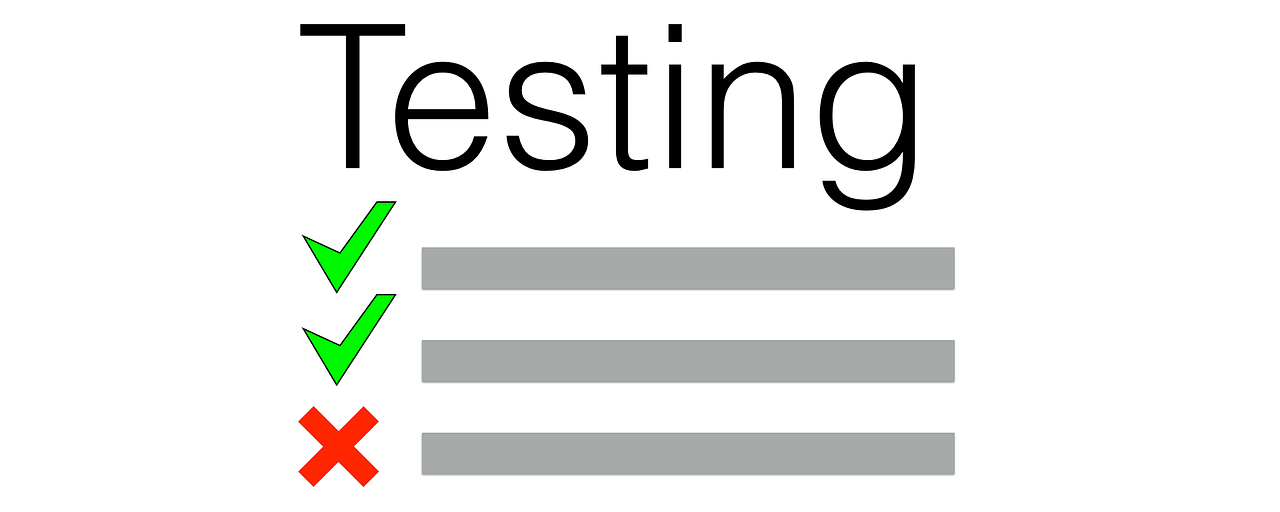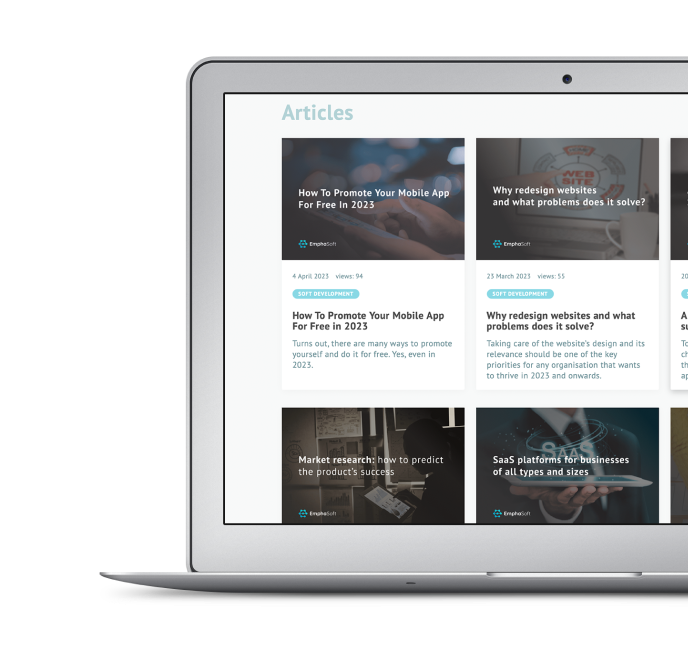The process of launching a startup is somewhat romanticized by pop culture. However, startups involve a lot of risks and uncertainties. The unromantic truth is most startups fail.
The good news is that conducting market research for a new business can help you beat the odds. Good market research informs entrepreneurs of their target audience and the current market situation.
In this article, we will explore what market research really is and why every startup needs to be doing it. Also, we will look into many different market research tools for startups that can make your research more precise, intelligent, and efficient.
What is market research?
Market research for a startup means gathering and evaluating data about potential customers and markets where the startup will be operating.
Market research can mean many things: an expensive bespoke report from a marketing agency, a report you come up with yourself, an online search, or asking your friends and neighbors what they think.
Market analysis for startups includes:
- Narrowing down the target audience.
- Identifying the key wants and needs of the clients.
- Competitor analysis.
- Market trends within the industry or sector.
- Verifying the business idea viability.
Why is start up market research important
Failure rates for startups are extremely high. Due diligence may not necessarily help your business become a success story, but it will allow you to avoid many risks. And mitigating risk is one of the best things you can do for your startup!
Market research can also help you select a business strategy, develop a product or service, or come up with sales and marketing plans.
Here is why market research is an important step that shouldn’t be ignored:
1. You can identify your target audience. Sometimes we have ideas about whom we think our clients are that don’t have much in common with reality. A thorough start up market research helps confirm who we should be targeting as well as their demographics, psychographics, and customer profiles.
2. With the data in place, we can create products and services that customers will find more appealing. We need to make data-driven conclusions about what our potential client really wants. Basing your business plan on unfounded assumptions is what can turn a good idea into a failed business venture.
3. Competitor analysis is critical. When we conduct competitive analysis, we learn what other companies are already doing, what their strengths and weaknesses are, what is missing in their offering, and what existing practices we can incorporate into our venture.
4. We can use the data to design our unique sales and marketing strategy. It is always better to learn from the mistakes of others and also soak up their best practices. We can innovate and create brand new things, but we can save time and limit our risk by not reinventing the wheel.

Define the purpose of your marketing research
Market research can be conducted for different reasons. Depending on your end goal, your approach to research and your focus will differ. So, before you learn how to do market research for a startup,
1. Market analysis to come up with an idea.
Not all business ideas come to us out of thin air. A tried and trusted approach to formulating an idea is to research the industry and look for unmet demand and existing issues. Here you will have a broad scope of interest and might spend more time with deeper, qualitative methods.
2. Market research to attract investors.
If you already have an idea and would like to raise capital, you’ll need to be more narrow-focused and dive deep into quantitative research. Make sure the data is recent and accurate, and that you devote sufficient time to competitive analysis.
Market research study types
Market research is multifaceted. It comes in many shapes and forms, which helps find the right fit for your specific needs.
Besides the most common types of research, like brand research, competitor research, customer research, and campaign effectiveness, startups can choose:
- Customer segmentation is the type of research that might not be necessary for every startup but can be very important for companies focusing on personalized experience. Here customers are segmented into smaller groups and analyzed to use the data for personalized marketing and strategic planning.
- Product development is used to test product concepts before the development process actually starts. Customers are asked to provide insight and input, which is later used in development to avoid or minimize risks associated with creating a new solution.
- Usability testing is applied when you need to understand how your product is actually used, what issues the clients run into and what they like the most about your product or service. This type of research is common for beta phases when the product or service is not yet available to the wide public.
Primary vs secondary research
Within the process, you can conduct primary and secondary research to collect different kinds of data using multiple methods.
Although it is not always the case, primary research is often paired with qualitative analysis, and secondary research is strongly associated with quantitative analysis.
Sometimes, primary research is called field research, and secondary research - desk research.
Primary research
During primary research we communicate directly with prospects through in-depth conversations and interviews. Here the primary goal is to understand the customers’ personalities, their primary motivations, ways of thinking, and the issues they are facing.
Primary research is very personal and unique. Because we work with the source and collect data ourselves, there is great flexibility and freedom in terms of the questions asked and the topics researched. However, it is rather time-consuming and can be very expensive.
Secondary research
During secondary research, we go through extensive data records and statistics to spot industry trends, analyze sales data, market patterns, and other global variables.
We work with the existing records that are either publicly available or can be purchased. Secondary research is great for initial overviews and getting a general feel for the market. However, one must make sure the information is recent and relevant. Additionally, we need to be careful and keep in mind why the data was collected, as it will affect how we interpret the findings.
If you’re unsure how to do market research online, first consult with someone experienced to avoid typical mistakes.
Using both primary and secondary research allows us to get a comprehensive understanding of the market and customers. As a result, we can build a stronger brand and make a difference in the industry.

Compare your competitors
Competitor analysis must be a part of market research for a startup regardless of the format you choose.
As an upcoming business, we need to know who our competition will be. It is important to include both direct and indirect competitors in the research.
Among the information that needs to be collected is:
- Portfolio of products and services.
- General statistics, such as profits, turnover, number of clients.
- Marketing strategy and positioning.
With this data in hand, you can work out an optimal strategy to beat the competition and provide the best value to your clients.
Choose your market research methods
There is no single way to conduct market research for a new business.
Depending on your needs and the sector you are in, you can choose one of several market research methods that would fit your situation best.
These are the common methods of research that companies use:
1. Focus groups. Here we run a discussion with a group of individuals who represent the demographic we are targeting. Whenever possible, focus groups are exposed to the product or service, helping them gain a firsthand experience and answer critical questions more thoughtfully. Such a format allows for a long period of interaction with the individuals. So, focus groups are often used to cover topics that are hard to fit into a written answer.
2. Surveys. Surveys come in many forms: phone, email, and in-person. This is a relatively cheap format that allows startups to gather a lot of data quickly.
3. Questionnaires. Questionnaires are not the same as surveys. They come in a written form and are focused on getting detailed information rather than statistical data. It is recommended to keep them short (10-15 questions) so that individuals provide extensive answers and finish the questionnaire.
Doing market research for a startup can take as much time and as many resources as you are willing to give. Depending on the format, it can take anywhere from a few days to several months, and the cost is only limited by your imagination.
Market research tools for startups have to be efficient. Look for ways to run the research relatively fast and avoid bias in your findings.
The five key steps to conducting market research
Market research comes in many forms, but there is a trusted framework that we recommend using to generate satisfactory results.
1. Define your goal. What are you looking to find in your market research? You can’t obtain good results without knowing where you’re going.
2. Create a research plan. Select your research method and process, look at what other companies have done already, and think where you can find relevant information.
3. Gather data. We have shared quite a few information gathering options for you today. Pick those that match your needs best, and don’t be afraid to make changes if you notice something is not working.
4. Analyze the data. It’s a paradox, but many people focus so much of their attention on data gathering that they under-analyze the findings. Make sure this doesn’t happen to you.
5. Take action. Now you have all the findings in front of you, and it is time to implement an action plan based on your conclusions.
We hope this article helped you understand better how to do market research for a startup. Stay tuned for more how-to guides and useful materials in our blog!








